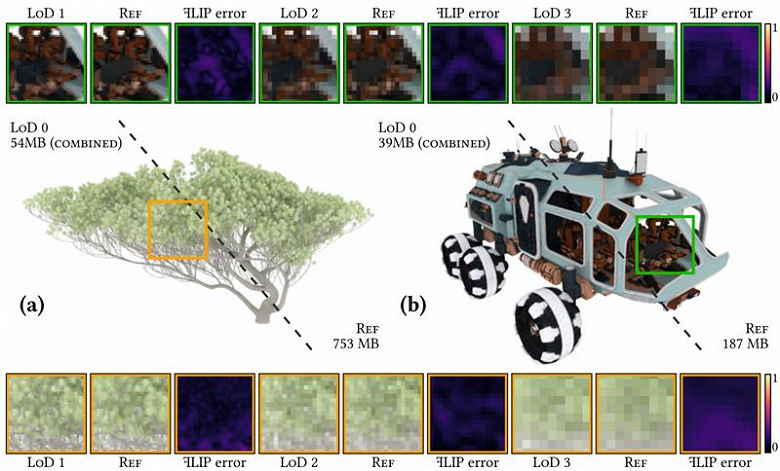While there is no finished product
Nvidia is deservedly considered the leader in the field of ray tracing in games: it was the first to implement support for this technology in its video cards and is actively developing this direction. However, Intel Arc adapters, which is quite unexpected, also performed very well in such tasks. And now Intel is talking about how to make ray tracing much more accessible.

The company suggests using real-time neural rendering technology for ray tracing, shading, and sampling.
Intel will make ray tracing available even on iGPUs.
Intel tools should provide real-time path tracing with 70-90% compression compared to current path tracing processing methods. This, in turn, will lead to much better performance. Intel believes that neural rendering can make it possible to endow ray tracing not only with budget graphics cards, but even with integrated GPUs.

It is worth noting here that this has already been formally implemented: AMD graphics cores based on the RDNA 2 and RDNA 3 architectures support ray tracing in any form, including in the iGPU, but the performance in this case is such that it makes no sense to activate the corresponding effects in games. Intel, on the other hand, apparently believes that neural rendering will solve this problem.
Intel doesn’t have any off-the-shelf technology right now, but the company is looking to create an open source real-time neural rendering platform.




